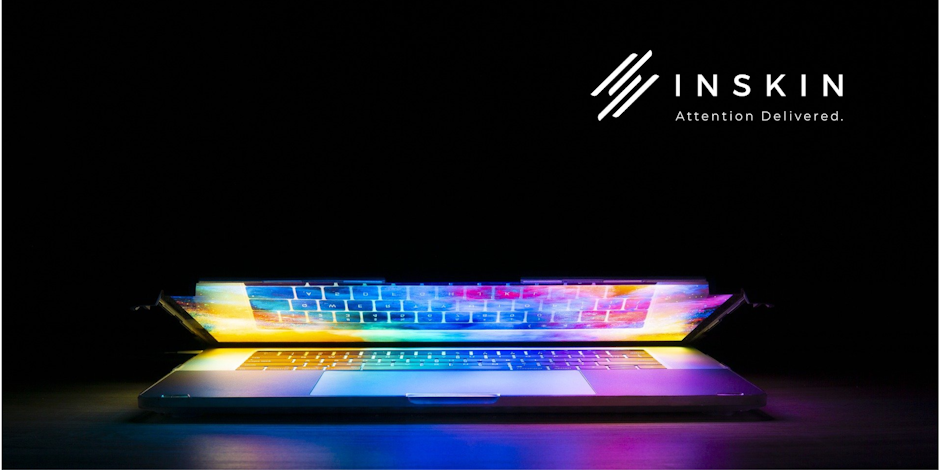Don’t fear the Google rankings. Just deliver fewer, better ads.
By Matthew Newcomb, ceo, Inskin Media

Even the most idle Google-watcher knows that websites are unlikely to thrive in SEO if they don’t pay attention to Google’s ranking factors. At a recent count, there were roughly 208 such factors - no-one knows for sure exactly how many. But Google is about to add a new one that could prove more important than most.
A year ago, Google announced its plans for a ranking factor relating to ‘page experience’ - the experience users have when they land on your web page. Known as Core Web Vitals, these signals measure details such as loading speed, responsiveness and the stability of content as it loads. They start arriving in mid-June 2021.
Google’s ranking results already take into account loading speed and mobile-friendliness, but with Core Web Vitals, Google will be mining deeper and punishing sites that deliver bad user experiences.
Google doesn’t always explain its ways, but in this case, give or take a few technical terms - Largest Contentful Paint (LCP), Cumulative Layout Shift (CLS) - it has been very clear about the fact that Core Web Vitals is intended to deal with loading and layout factors that frustrate ordinary users: images or videos that take a long time to load; forms that are slow to submit; buttons and links that jump around, causing you to click on the wrong thing.
There are good reasons why Google is focusing on these things. Longer page load times are proven to have a severe effect on bounce rates. For example, if page load time increases from one to three seconds, the bounce rate increases by 32%. If load time increases from one second to six, the bounce rate rises by 106%.
When the new Google metrics bed in, slow and unstable pages will affect search ranking. And advertising is affected because dynamic elements such as excessive, overzealous ads are among the main offenders.
In a year of red alerts for digital marketers - from Google Chrome’s inexorable shift towards cookieless to Apple’s new App Store crackdown on tracking within apps - the arrival of a new ranking factor that appears to pit advertising revenue against search rankings might easily be framed as another panic moment.
In reality, of course, content is still king. Popular and relevant websites are not going to be sent plummeting through the rankings because they fail to hit a high note on one of Google’s many ranking factors. Premium publishers with quality content will remain key destinations even if their forms take an extra couple of seconds to submit.
But there are important lessons here all the same. Sites with complex and unruly advertising inventory might consider the value of fewer, more expensive and more impactful ads. Core Web Vitals aside, there is already a compelling case for such an approach, as highly creative, high-impact formats such as our Pageskin Plus generate 15 times more attention than standard ads.
We already know that premium publisher environments drive the best metrics for the advertising they display, and in turn, advertising works best when user experience is the top priority. Easily integrated formats that work on every site generate maximum revenue for publishers, and trusted, precision technology, built with factors such as CLS in mind, keeps them well ahead of Google’s standards.
Google, meanwhile, is hinting at a good point: that the web has too many low-quality, high-bandwidth, interruptive ads that don’t offer much value to anyone. And high-impact formats are the solution, not only to the problem of attracting attention in the attention-deficit world of the internet, but to excessive inventory that slows down pages.
Our belief is that high impact-ads should be on every single brand plan, simply because they are the ones that work best. So our message to brands and publishers is: don’t be scared of Google - just deliver creative, high-quality ads that work. Ask us if you need help.

